Home>Interior Design>Ceiling Paint Ideas: 10 Ways To Make Your Fifth Wall Wonderful
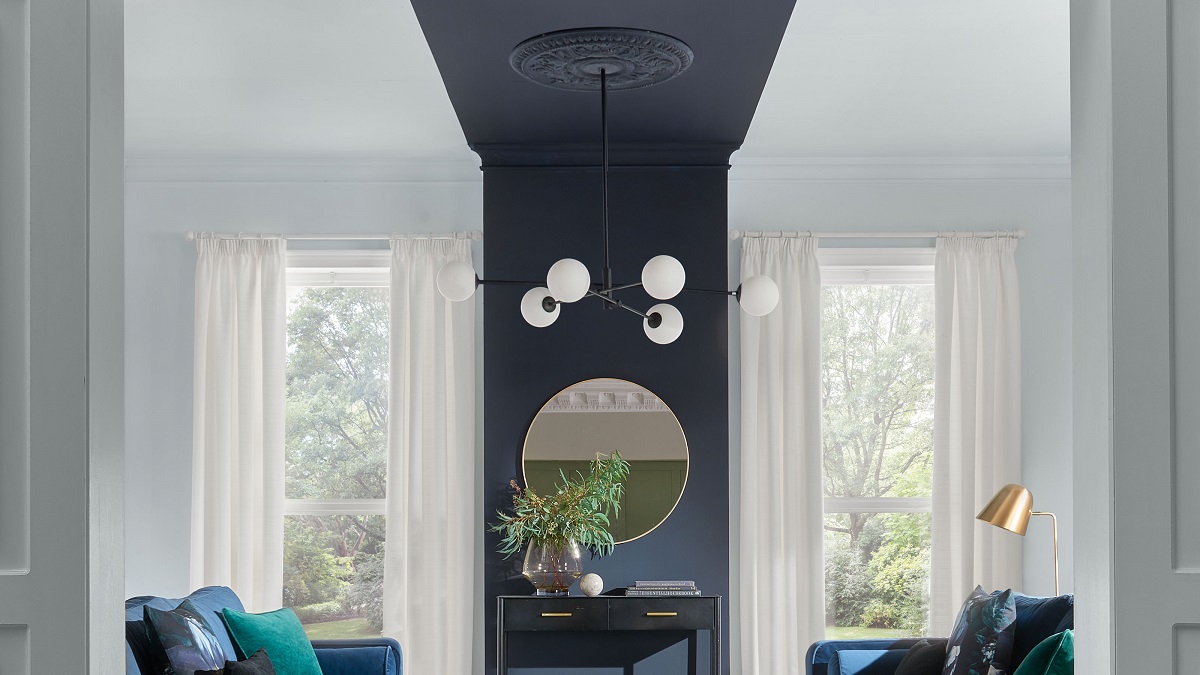

Interior Design
Ceiling Paint Ideas: 10 Ways To Make Your Fifth Wall Wonderful
Modified: October 20, 2024
Discover 10 incredible interior design ideas to transform your fifth wall with stunning ceiling paint options. Create a truly wonderful space.
(Many of the links in this article redirect to a specific reviewed product. Your purchase of these products through affiliate links helps to generate commission for Storables.com, at no extra cost. Learn more)
Choosing the Right Ceiling Paint Color
The ceiling is often referred to as the fifth wall of a room, and painting it can have a significant impact on the overall look and feel of your space. While many people opt for a plain white ceiling, choosing the right paint color can add depth, dimension, and personality to your room. Here are some tips to help you choose the perfect ceiling paint color:
- Consider the overall color scheme: Take into account the colors of your walls, furniture, and decor. The ceiling paint color should complement the existing color scheme and create a cohesive look.
- Create contrast: If you have light-colored walls, consider painting the ceiling a slightly darker shade to add depth and create a visual contrast. Conversely, if you have dark-colored walls, a lighter ceiling color can make the room feel more open and spacious.
- Reflect natural light: A pale or light-colored ceiling can help bounce natural light around the room, making the space feel brighter and more airy.
- Consider the room’s purpose: The function of the room can influence the choice of ceiling paint color. For example, in a bedroom where relaxation is key, a calming and neutral color like a soft blue or a light gray can create a peaceful ambiance.
- Test swatches: Before committing to a particular color, test it on a small section of your ceiling. View it in different lighting conditions to see how it looks throughout the day.
Remember, while choosing a ceiling paint color can be fun, it is important to consider the overall aesthetic and mood you want to create in your space. Whether you decide to go bold with a vibrant color or keep it subtle with a monochromatic shade, the right ceiling paint color can truly transform your room.
Key Takeaways:
- Elevate your space by choosing the right ceiling paint color to complement your room’s overall aesthetic and create a cohesive and visually pleasing environment.
- Transform your ceiling into a captivating masterpiece by embracing the limitless possibilities of patterns, textures, and faux sky effects with creative and strategic ceiling paint techniques.
Using a Bold Color for a Statement Ceiling
If you’re looking to make a bold statement in your space, consider painting your ceiling with a vibrant and eye-catching color. Using a bold color on the ceiling can add drama, create visual interest, and elevate the overall design of the room. Here’s how you can effectively use a bold color for a statement ceiling:
- Choose the right color: When selecting a bold color for your statement ceiling, consider the mood and atmosphere you want to create in the room. If you want to add energy, a bold red or deep orange can provide a warm and inviting feel. For a more serene and calming effect, a bold blue or green can be the perfect choice.
- Balance with neutral walls: To prevent the room from feeling overwhelming, it’s a good idea to balance the bold ceiling color with neutral walls. Opt for light-colored or even white walls to create a harmonious contrast and to allow the focus to remain on the ceiling.
- Consider the size and height of the room: Keep in mind the size and height of the room when choosing a bold color for the ceiling. In smaller rooms, using a bold color on the ceiling can create an intimate and cozy feel. In larger rooms with high ceilings, a bold ceiling color can add drama and make the space feel more cohesive and well-designed.
- Coordinate with furnishings: Ensure that the bold ceiling color complements or coordinates with the existing furnishings and decor in the room. Consider the color palette and choose shades that work together to create a cohesive and visually pleasing environment.
- Use proper lighting: Proper lighting is essential when you have a bold statement ceiling. Consider installing adequate lighting fixtures that highlight the ceiling and create an impact. Well-placed spotlights or pendant lights can draw attention to the bold color and enhance its visual appeal.
Using a bold color for a statement ceiling is a creative way to add personality and style to your space. It can transform an otherwise plain room into a stunning and memorable design statement. So, don’t be afraid to be adventurous and experiment with bold colors for your ceiling!
Creating Depth with a Dark Ceiling
While most people tend to stick with lighter colors for their ceilings, a dark ceiling can create a dramatic and visually striking effect in a room. Painting your ceiling with a dark color can add depth, intimacy, and a touch of elegance to your space. Here’s how you can effectively create depth with a dark ceiling:
- Choose the right shade: When selecting a dark color for your ceiling, consider the overall color scheme and the atmosphere you want to create. Deep hues like charcoal gray, navy blue, or even black can add a sense of sophistication and drama to the room.
- Balance with lighter walls: To prevent the room from feeling too enclosed or overwhelming, it’s important to balance the dark ceiling with lighter-colored walls. Lighter walls will create a visual contrast, allowing the ceiling to stand out while maintaining a sense of openness and balance in the space.
- Enhance architectural details: A dark ceiling can draw attention to the architectural details of the room, such as crown molding or exposed beams. The contrasting colors can highlight these features, adding depth and visual interest to the space.
- Consider the height of the ceiling: Dark ceilings work particularly well in rooms with high ceilings. The dark color can help visually lower the ceiling, creating a cozier and more intimate feel. In rooms with lower ceilings, consider using a slightly lighter shade of the desired dark color to avoid making the space feel cramped.
- Pay attention to lighting: Proper lighting is crucial when dealing with a dark ceiling. Ensure that any sources of light in the room, such as recessed lighting or chandeliers, are strategically placed to illuminate the space and prevent it from feeling too dim or cave-like. Incorporating additional light sources, such as floor or table lamps, can also help create a well-lit and balanced environment.
By embracing a dark ceiling, you can create a sense of depth and richness in your space. It’s a daring design choice that adds a touch of elegance and sophistication to any room. So, don’t be afraid to experiment with a dark ceiling to transform your space into a truly captivating and unique haven.
Adding Drama with a Metallic Ceiling
If you’re looking to create a glamorous and show-stopping effect in your space, consider painting your ceiling with a metallic finish. Adding a metallic ceiling can instantly elevate the style and add a touch of drama and luxury to any room. Here’s how you can effectively achieve this stunning look:
- Choose the right metallic finish: There are various metallic finishes available, including gold, silver, bronze, and copper. Consider the overall color scheme and aesthetic of your space when selecting the metallic finish. Gold adds warmth and opulence, silver creates a modern and sleek look, bronze adds a rich, vintage feel, and copper brings a touch of rustic elegance.
- Decide on the level of drama: The level of drama can be determined by the intensity of the metallic finish. A high-shine, reflective finish will create a bold and attention-grabbing effect, while a more subtle metallic sheen can add a hint of sophistication without being overpowering.
- Consider the room: Metallic ceilings work well in various rooms, but they are especially impactful in areas where you want to make a statement, such as the dining room, foyer, or master bedroom. These spaces provide an opportunity to showcase the metallic ceiling and create a memorable focal point.
- Coordinate with other elements: Ensure that the metallic ceiling coordinates with the other design elements in the room. Consider the colors, textures, and finishes of the furniture, walls, and accessories to create a cohesive and visually pleasing space. Metallic accents in the furnishings or decor can help tie the look together.
- Choose proper lighting: Adequate lighting is essential to showcase the metallic ceiling properly. Consider incorporating lighting fixtures that accentuate the reflective qualities of the metallic finish. Recessed lighting or track lights can be strategically placed to create a stunning interplay of light and shadows, enhancing the drama and elegance of the metallic ceiling.
Adding a metallic ceiling is a bold and dramatic design choice that can instantly transform your space into a glamorous haven. By choosing the right metallic finish, coordinating with other elements, and incorporating proper lighting, you can create a stunning and visually captivating atmosphere. So, embrace the drama and add a touch of luxury to your space with a metallic ceiling.
Achieving a Subtle Look with a Monochromatic Ceiling
While bold and dramatic ceilings can make a statement, there is something to be said about a subtle and harmonious look. One way to achieve this is by painting your ceiling in a monochromatic color scheme. A monochromatic ceiling creates a seamless and cohesive appearance, adding a touch of elegance and tranquility to your space. Here’s how you can effectively achieve a subtle look with a monochromatic ceiling:
- Select a color palette: Choose a specific color and explore its various shades and tints. For example, if you opt for a cool blue, consider using different shades of blue for your ceiling, ranging from pale sky blue to deep navy. This will create a sense of depth and visual interest while maintaining a cohesive monochromatic look.
- Consider the room’s purpose: The color you choose for your monochromatic ceiling should align with the mood and atmosphere you want to create in the room. Lighter shades can make a space feel more open and airy, while darker shades can create a cozy and intimate ambiance.
- Create contrast with walls: To add dimension and interest to the room, select a shade for the walls that provides a contrast to the ceiling color. If your ceiling is a light shade, consider painting the walls a slightly darker hue, or vice versa. This contrast will draw the eye upwards towards the ceiling and create a harmonious balance in the space.
- Layer with different textures: Incorporate different textures in the room to enhance the monochromatic look. Consider adding elements such as textured wallpaper, patterned fabrics, or decorative accessories that provide visual interest and depth without disrupting the overall color scheme.
- Use lighting strategically: Proper lighting is crucial to enhance the subtlety of a monochromatic ceiling. Utilize recessed lighting, spotlights, or pendant lights to highlight the ceiling and create a warm and inviting atmosphere. Incorporate dimmers to control the intensity of the lighting, allowing you to create different moods in the room.
Achieving a subtle look with a monochromatic ceiling allows for a sense of calm and sophistication in your space. By carefully selecting the right color palette, creating contrast with the walls, layering textures, and using lighting strategically, you can create a harmonious and visually pleasing ambiance. So, embrace the subtlety of a monochromatic ceiling and let it bring a touch of tranquility and elegance to your room.
Consider using a high-gloss paint for your ceiling to create a reflective surface that can make the room feel larger and brighter.
Enhancing the Height with a Striped Ceiling
A striped ceiling is a unique and creative way to enhance the height of a room and add visual interest to a space. By incorporating vertical stripes on the ceiling, you can create an illusion of height and make the room feel more expansive. Here’s how you can effectively enhance the height with a striped ceiling:
- Choose the right colors: Select colors that complement the overall design scheme of the room. For an elongating effect, opt for lighter shades for the stripes. You can experiment with different color combinations to achieve the desired look. Neutral tones like beige or pale gray can create an elegant and timeless effect, while bolder colors can add a fun and vibrant touch.
- Determine the stripe width: The width of the stripes will impact the overall effect. Narrow stripes can create a subtle and delicate look, while wider stripes can make a more dramatic statement. Consider the size of the room when choosing the stripe width – wider stripes work well in larger spaces, while narrower stripes can be used in smaller rooms to elongate the height without overwhelming the space.
- Decide on the stripe orientation: Vertical stripes tend to create a sense of height, while horizontal stripes can make a room appear wider. If your goal is to enhance the height, opt for vertical stripes on the ceiling. You can also get creative and experiment with diagonal or angled stripes for a unique and dynamic look.
- Balance with the rest of the room: Ensure that the striped ceiling complements the other design elements in the room. Consider the colors and patterns in the walls, flooring, and furnishings to create a cohesive and harmonious space. Stripes can be used as a bold statement or as a subtle accent, depending on the overall style and vibe of the room.
- Use proper lighting: Proper lighting is crucial to highlight the striped ceiling and enhance the height effect. Consider using recessed lighting or track lighting to draw attention to the stripes and create an even distribution of light throughout the room. Natural light from windows can also play a role in accentuating the striped ceiling during the day.
Using stripes on the ceiling is a creative way to enhance the height of a room and add a unique visual element to the space. By choosing the right colors, stripe width, orientation, and coordinating with the rest of the room, you can create a stunning and illusionary effect. So, embrace the power of stripes and elevate your space with a striped ceiling.
Incorporating Patterns on the Ceiling
When it comes to interior design, don’t neglect the often-overlooked fifth wall – the ceiling. Incorporating patterns on the ceiling can add a unique and visually stunning element to a room. From subtle wallpaper patterns to bold painted designs, here’s how you can effectively incorporate patterns on the ceiling:
- Choose the right pattern: Consider the overall style and theme of the room to select a pattern that complements the existing decor. Opt for patterns that align with the room’s aesthetic, whether it be traditional, modern, or eclectic. Popular patterns include geometric designs, floral motifs, or even whimsical patterns for a playful touch.
- Size of the room: Take the size of the room into account when selecting the pattern. In smaller rooms, choose patterns with smaller motifs or a more delicate design to avoid overwhelming the space. For larger rooms, you can opt for bolder and larger-scale patterns to make a statement.
- Coordinate with the walls and other elements: Ensure that the pattern on the ceiling coordinates with the walls and other design elements in the room. Consider the colors, textures, and patterns in the furniture, flooring, and decor to create a cohesive and harmonious visual flow. The goal is to create a balanced and aesthetically pleasing space.
- Integrate lighting fixtures: Strategically incorporate lighting fixtures to accentuate the patterns on the ceiling. Recessed lighting, pendant lights, or chandeliers can enhance the visual impact of the patterns and create a captivating focal point. Experiment with lighting placement to create interesting shadows that further accentuate the patterns.
- Mix patterns with caution: If you choose to incorporate patterns on the ceiling, be mindful of other patterns present in the room. Mixing multiple patterns can create a visually busy and chaotic look. To maintain a cohesive design, opt for one dominant pattern on the ceiling and keep other patterns in the room to a minimum.
Incorporating patterns on the ceiling can transform a room from ordinary to extraordinary. By choosing the right pattern, considering the size of the room, coordinating with other design elements, integrating lighting fixtures, and being cautious with pattern mixing, you can create a visually stunning and harmonious space. So, don’t forget to look up and embrace the limitless possibilities of patterns on the ceiling.
Introducing Texture with a Textured Ceiling Paint
Adding texture to the ceiling is a fantastic way to elevate the design of a room and create visual interest. Introducing textured ceiling paint allows you to add depth, dimension, and a tactile element to the space. Here’s how you can effectively incorporate texture with a textured ceiling paint:
- Choose the right texture: There are various textured ceiling paint options available, each providing a unique look and feel. Some popular textures include popcorn, knockdown, swirl, or stucco. Consider the overall style and ambiance you want to achieve in the room to select the most suitable texture.
- Test the texture: Before applying textured ceiling paint to the entire ceiling, it’s a good idea to test it on a smaller section or a sample board. This will allow you to see how the texture looks and feels in your specific space, and make any necessary adjustments or changes before committing to the entire ceiling.
- Consider the room’s purpose: The function of the room can also influence the choice of texture. For example, a smoother texture like knockdown may be more suitable for a bedroom or living area, while a more dramatic texture like popcorn may work well in a theater room or game room.
- Coordinate with other elements: Ensure that the textured ceiling paint complements the existing design elements in the room. Consider the colors, patterns, and textures in the walls, flooring, and furniture to create a cohesive and harmonious space. The texture should enhance the overall aesthetic rather than detract from it.
- Play with lighting: Proper lighting is key in highlighting the texture on the ceiling. Consider using recessed lighting or track lighting to cast interesting shadows and accentuate the texture. Experiment with different lighting angles and intensities to create the desired effect.
Introducing textured ceiling paint is an excellent way to add character and visual appeal to a room. By choosing the right texture, testing it beforehand, considering the room’s purpose, coordinating with other design elements, and playing with lighting, you can create a stunning textured ceiling that becomes a standout feature in your space. So, embrace the texture and transform your ceiling into a captivating masterpiece.
Emphasizing Architectural Details with Ceiling Paint
When it comes to interior design, architectural details play a significant role in creating a visually appealing space. One effective way to highlight these details is by using ceiling paint to draw attention to them. By strategically painting the ceiling to emphasize architectural features, you can elevate the overall design of the room. Here’s how you can effectively emphasize architectural details with ceiling paint:
- Identify the architectural details: Begin by identifying the key architectural features in the room, such as crown molding, ceiling beams, or intricate ceiling designs. These details often have unique shapes or patterns that can be enhanced with the use of paint.
- Choose contrasting colors: Select a contrasting paint color to the architectural details to make them stand out. By choosing a different color than the surrounding ceiling, you can create a striking contrast that draws the eye upward and emphasizes the details.
- Paint the architectural features: Use a small brush or painter’s tape to carefully paint the architectural details. This precision work may require patience and attention to detail. Take your time to ensure a clean and crisp finish that accentuates the architectural elements without bleeding onto the rest of the ceiling.
- Consider a gloss or metallic finish: To further emphasize the architectural details, consider using a gloss or metallic finish for the paint. These finishes reflect light and add a touch of sophistication, making the details even more prominent and eye-catching.
- Coordinate with the room’s color scheme: Ensure that the color you choose for the architectural details coordinates with the rest of the room’s color scheme. This will create a cohesive and unified look, tying the entire space together.
- Use lighting strategically: Proper lighting is crucial for emphasizing the architectural details on the ceiling. Incorporate light fixtures that direct attention to the painted areas, such as recessed lighting or spotlights. By illuminating the details, you can further enhance their impact and make them a focal point in the room.
Emphasizing the architectural details with ceiling paint is a simple yet impactful way to elevate the design of a room. By identifying the key features, choosing contrasting colors, painting with precision, considering gloss or metallic finishes, coordinating with the color scheme, and using strategic lighting, you can bring attention to the unique elements that make your space truly special. So, don’t overlook the power of ceiling paint in showcasing the architectural details and creating a stunning visual impact.
Using Ceiling Paint to Create a Faux Sky Effect
If you’re looking to bring the beauty of the outdoors inside your space, consider using ceiling paint to create a faux sky effect. This unique technique can transform your ceiling into a stunning focal point, adding depth, dimension, and a sense of openness to the room. Here’s how you can effectively use ceiling paint to create a faux sky effect:
- Choose the right blue hues: Select a range of blue paint colors that mimic the hues of the sky, from pale baby blue to deep azure. Experiment with different shades to achieve the desired effect of depth and realism.
- Create a gradient: Start by applying the lightest shade of blue near the horizon line and gradually transition to darker shades as you move upwards. This gradient effect will give the impression of a vast expanse of sky.
- Add cloud-like formations: To make the faux sky appear more realistic, consider adding cloud-like formations to the ceiling. Use a lighter shade of white or off-white paint to create fluffy, wispy clouds. Experiment with different brush techniques or even sponge painting to achieve various cloud shapes and textures. You can also use stencils for a more precise cloud formation.
- Blend and soften the transitions: Use a dry brush technique or a sponge to blend and soften the transitions between the different shades of blue and the clouds. This will create a seamless and natural-looking sky effect.
- Consider adding other elements: To enhance the faux sky effect, you can consider incorporating additional elements such as birds, stars, or even a painted sunset or sunrise. These extra touches can add whimsy, charm, and a sense of wonder to the space.
- Think about lighting: Proper lighting is crucial to accentuate the faux sky effect. Install dimmable lights or consider using LED light panels that can mimic natural daylight or sunset colors. This will help enhance the illusion and create a captivating atmosphere.
Using ceiling paint to create a faux sky effect is a creative way to bring the beauty of nature indoors. By choosing the right blue hues, creating a gradient, adding cloud-like formations, blending the transitions, considering additional elements, and using proper lighting, you can transform a plain ceiling into a breathtaking work of art. So, let your imagination soar and bring the wonders of the sky into your space with a faux sky ceiling.
Frequently Asked Questions about Ceiling Paint Ideas: 10 Ways To Make Your Fifth Wall Wonderful
Was this page helpful?
At Storables.com, we guarantee accurate and reliable information. Our content, validated by Expert Board Contributors, is crafted following stringent Editorial Policies. We're committed to providing you with well-researched, expert-backed insights for all your informational needs.
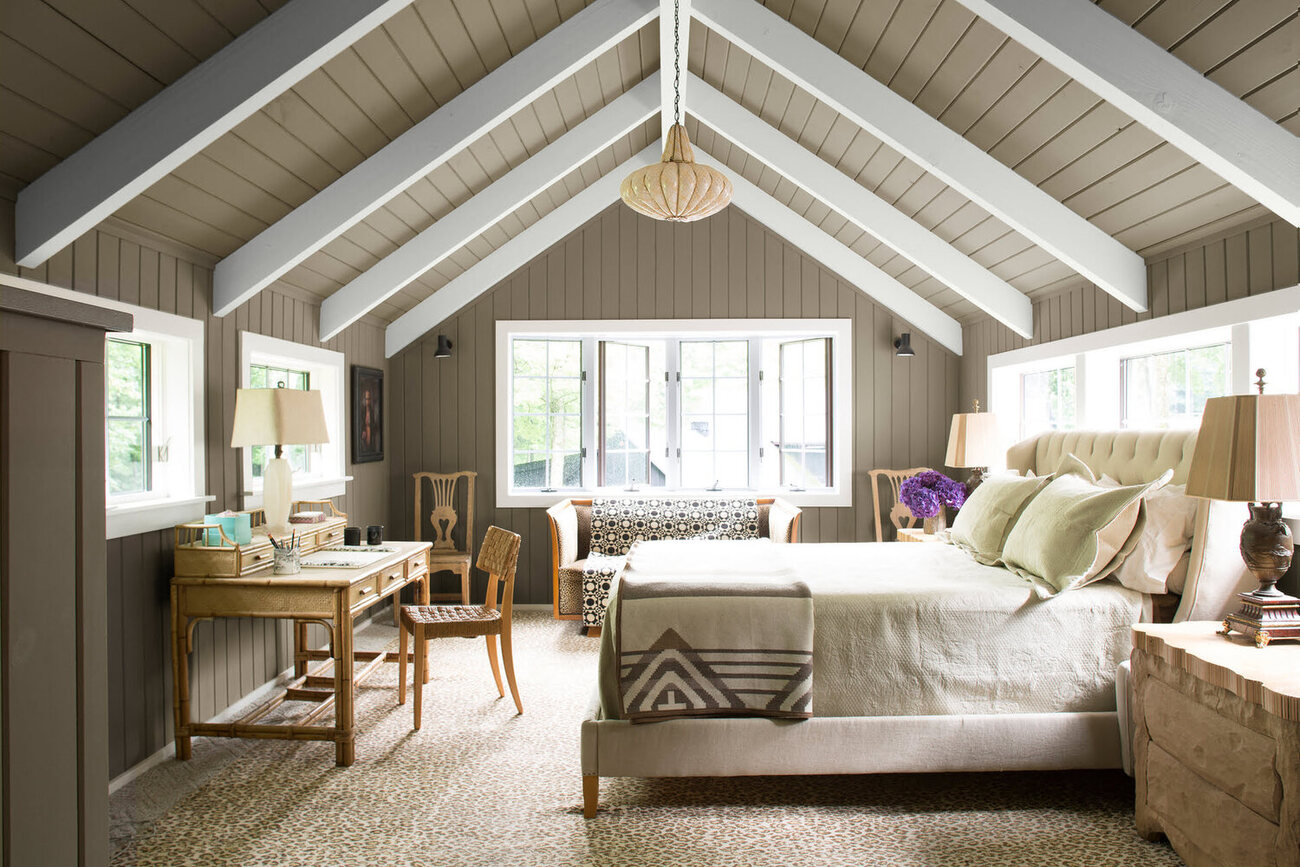
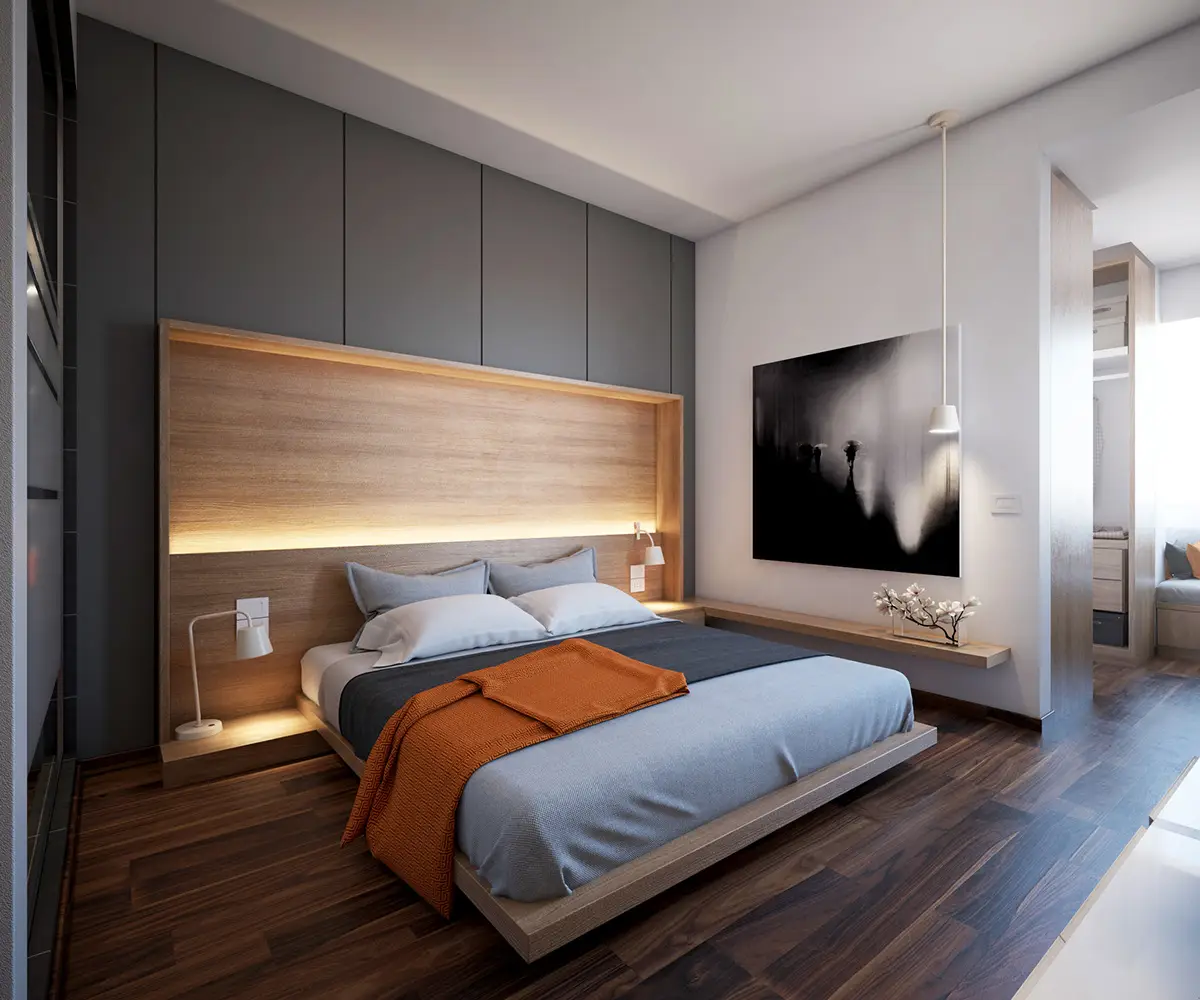
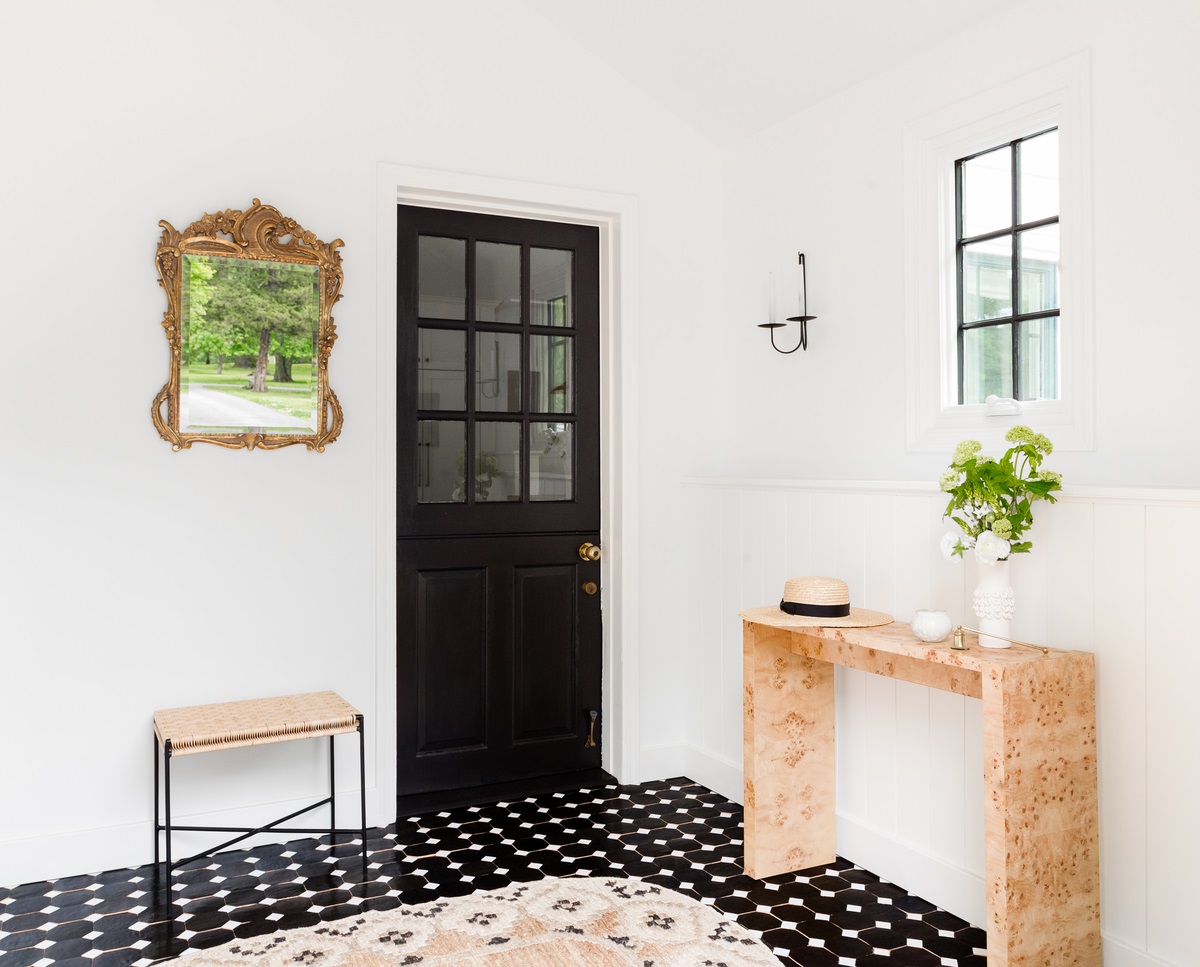

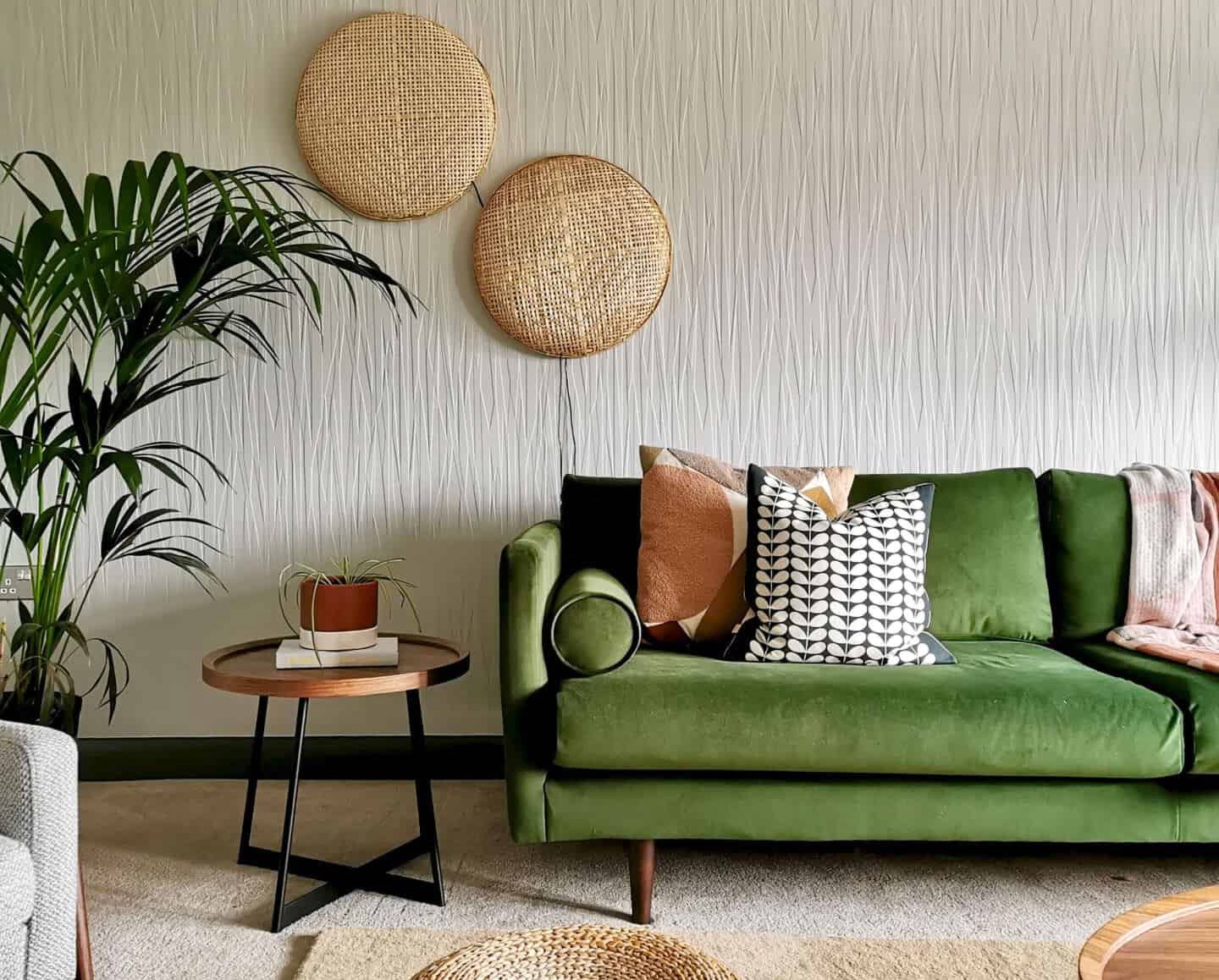
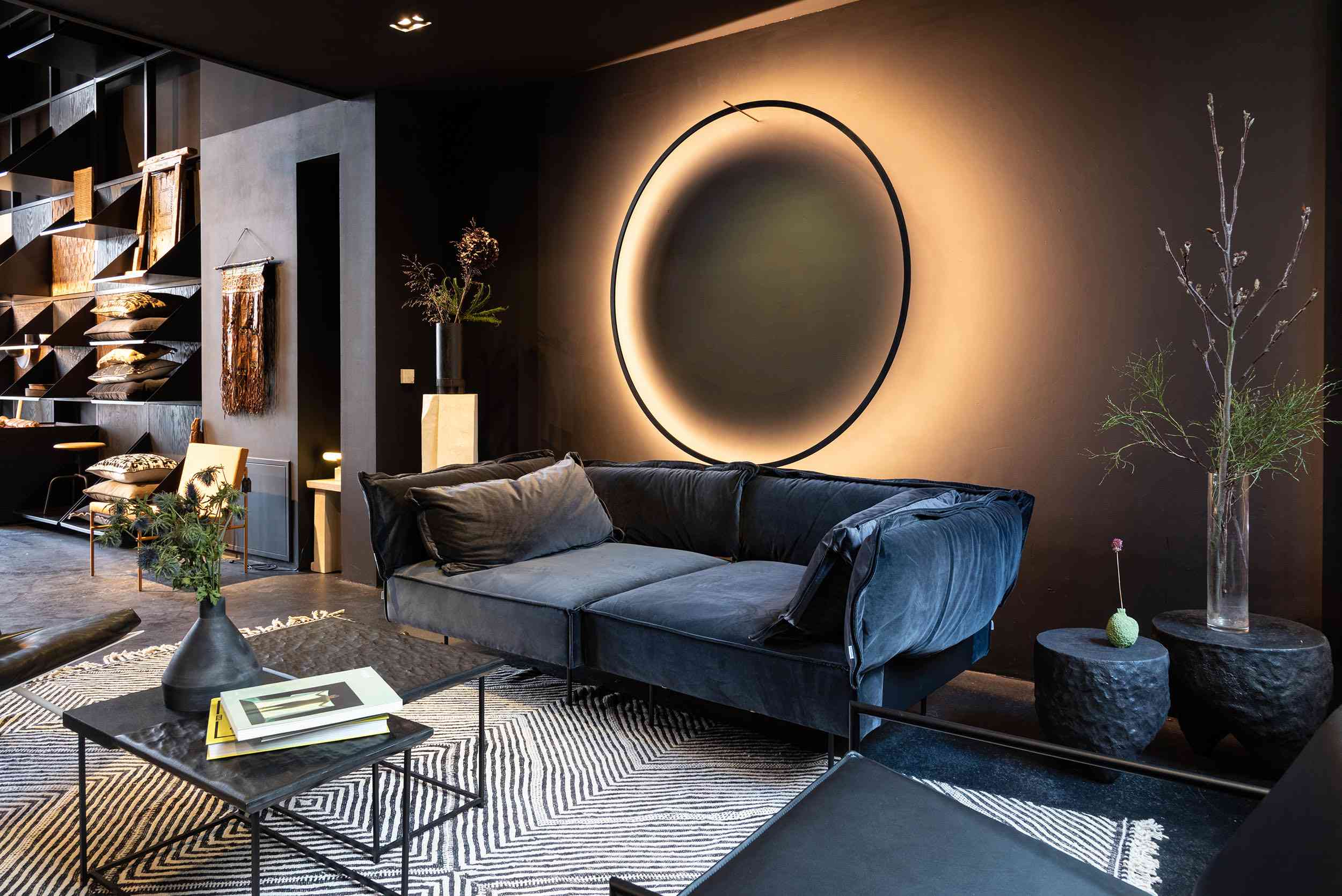

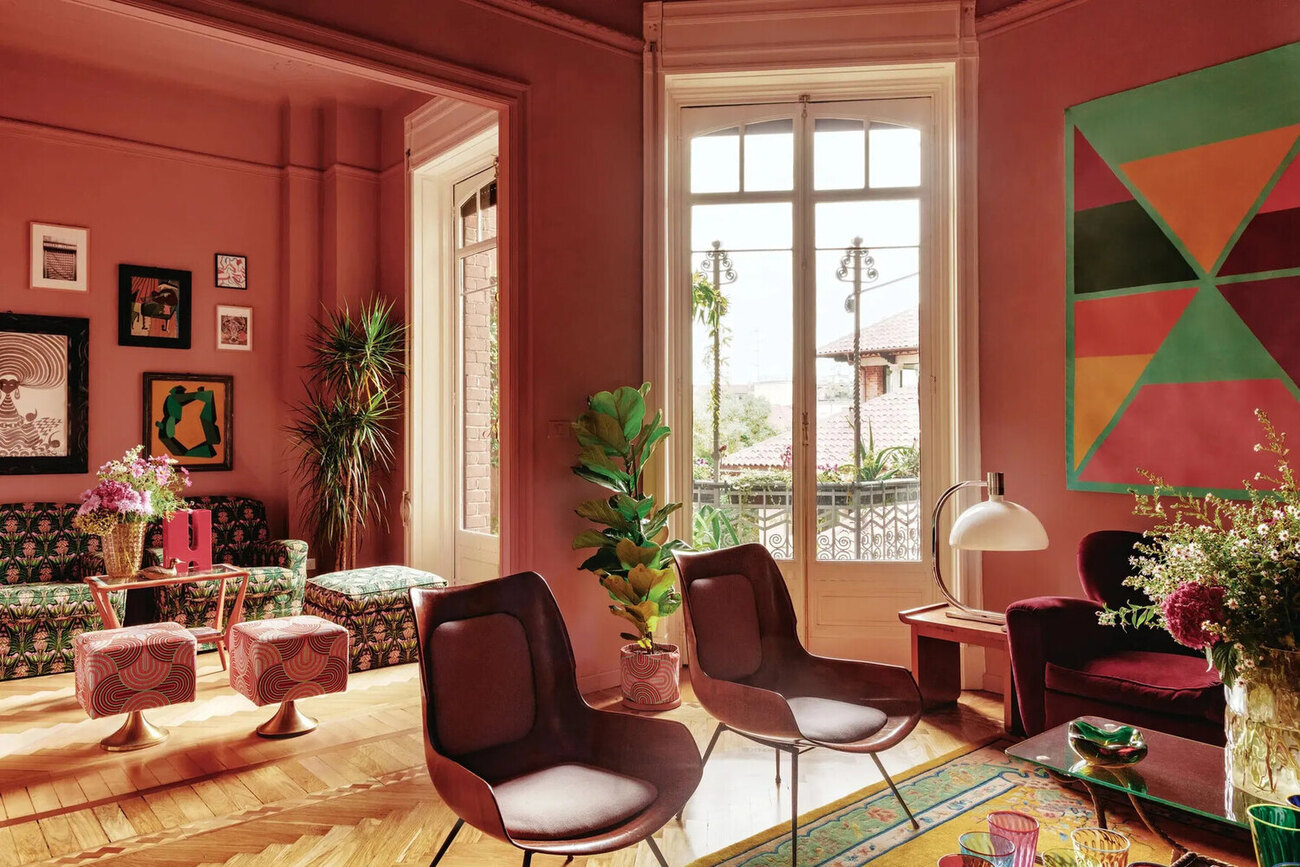
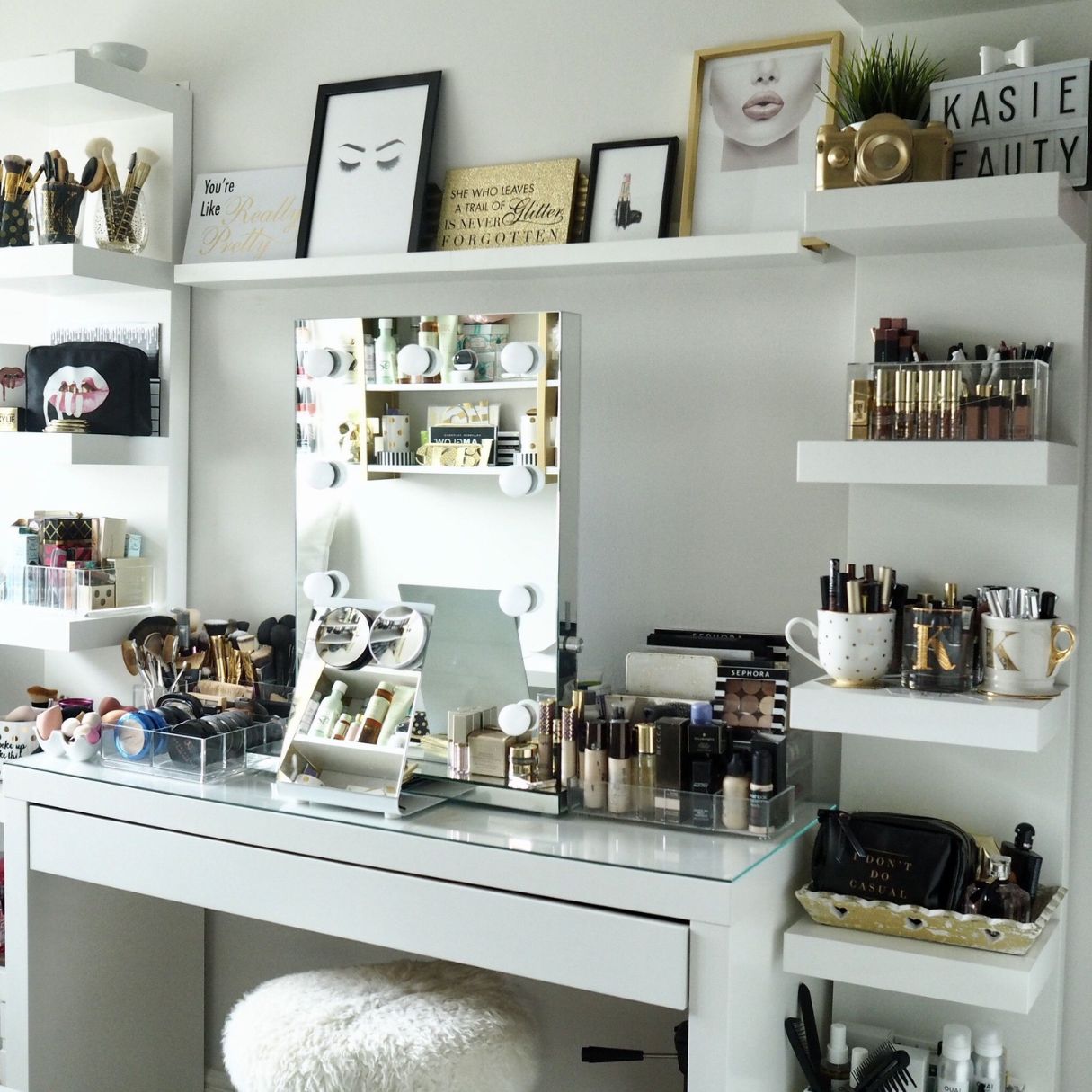
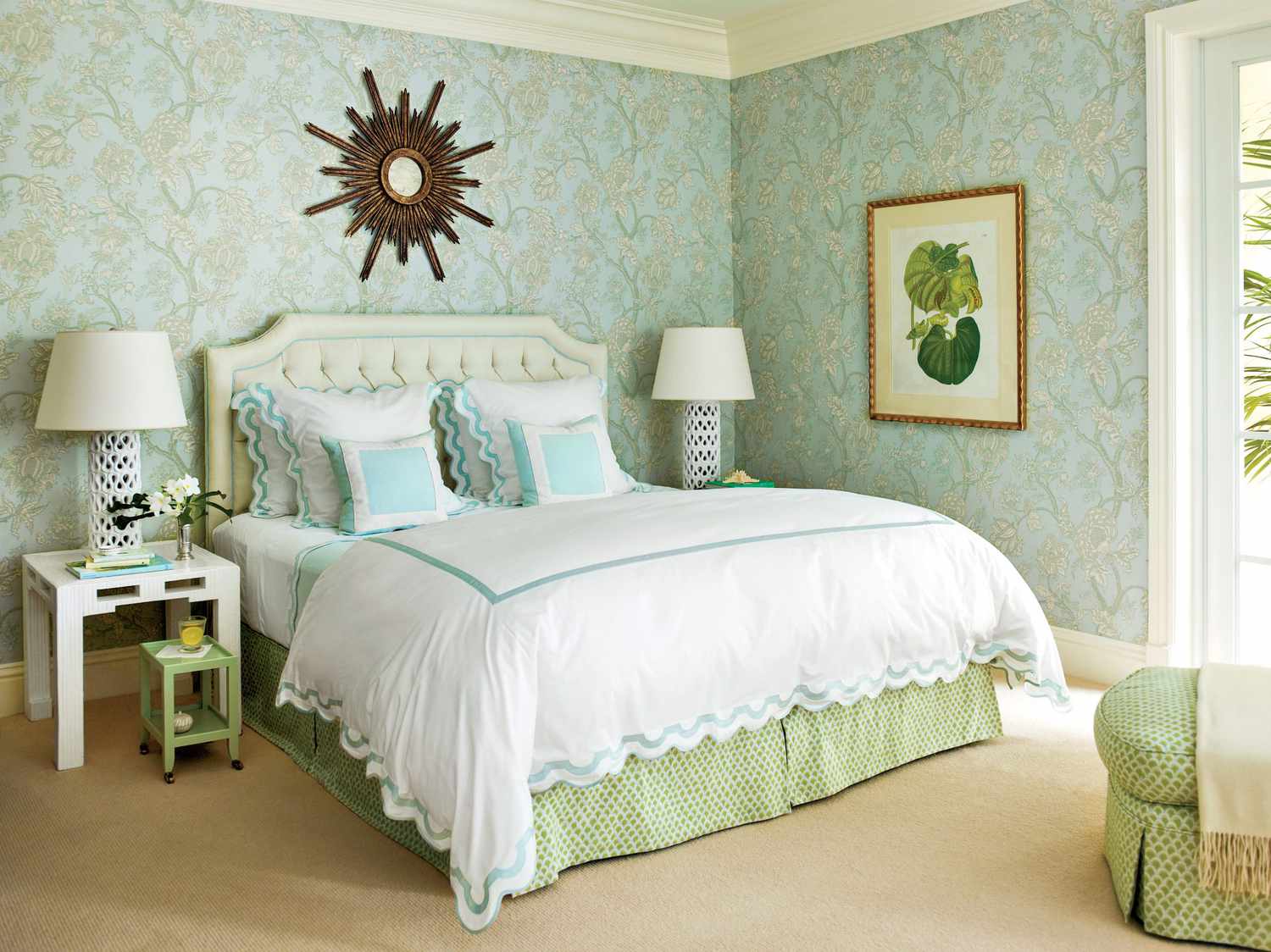
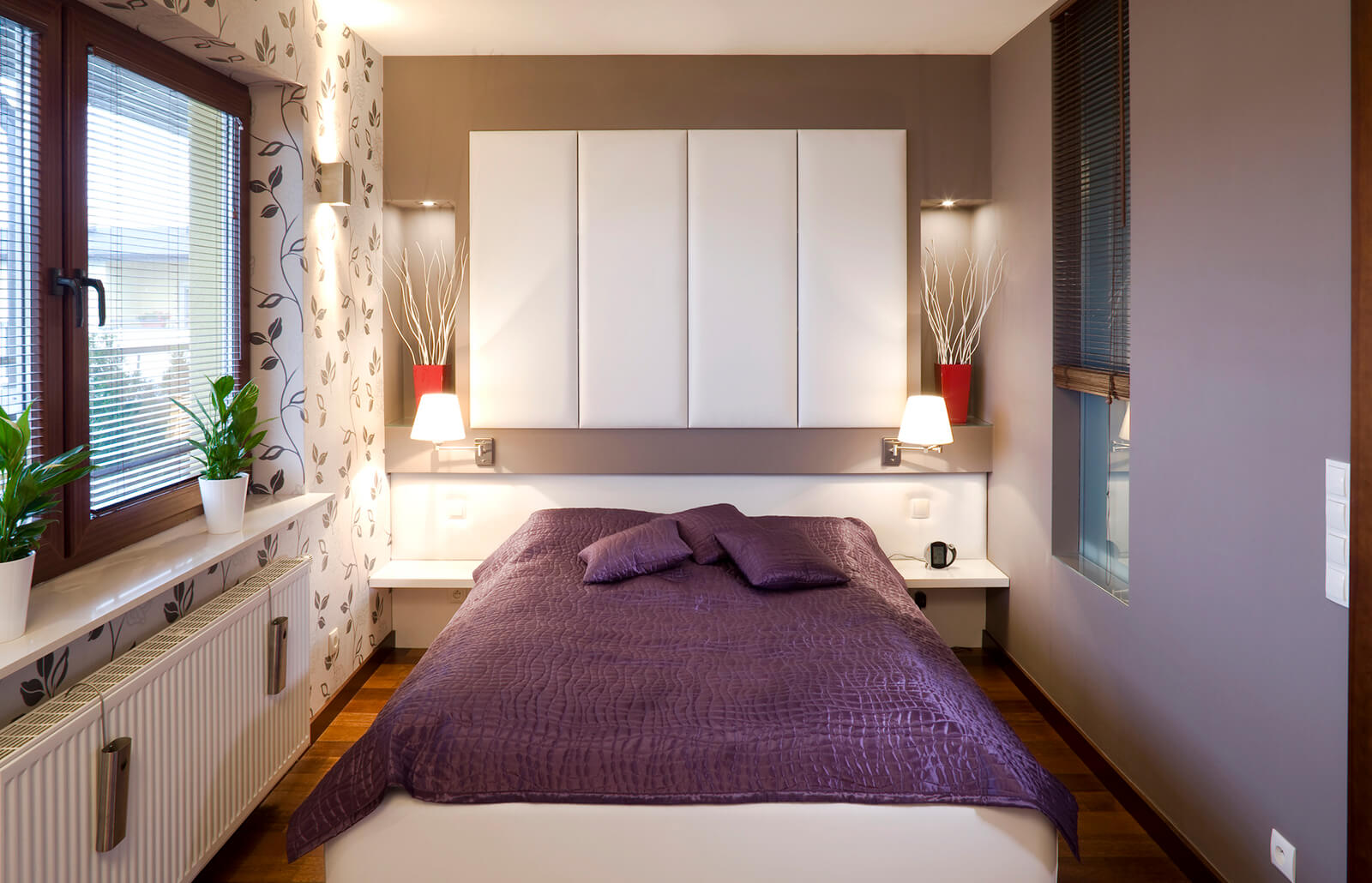
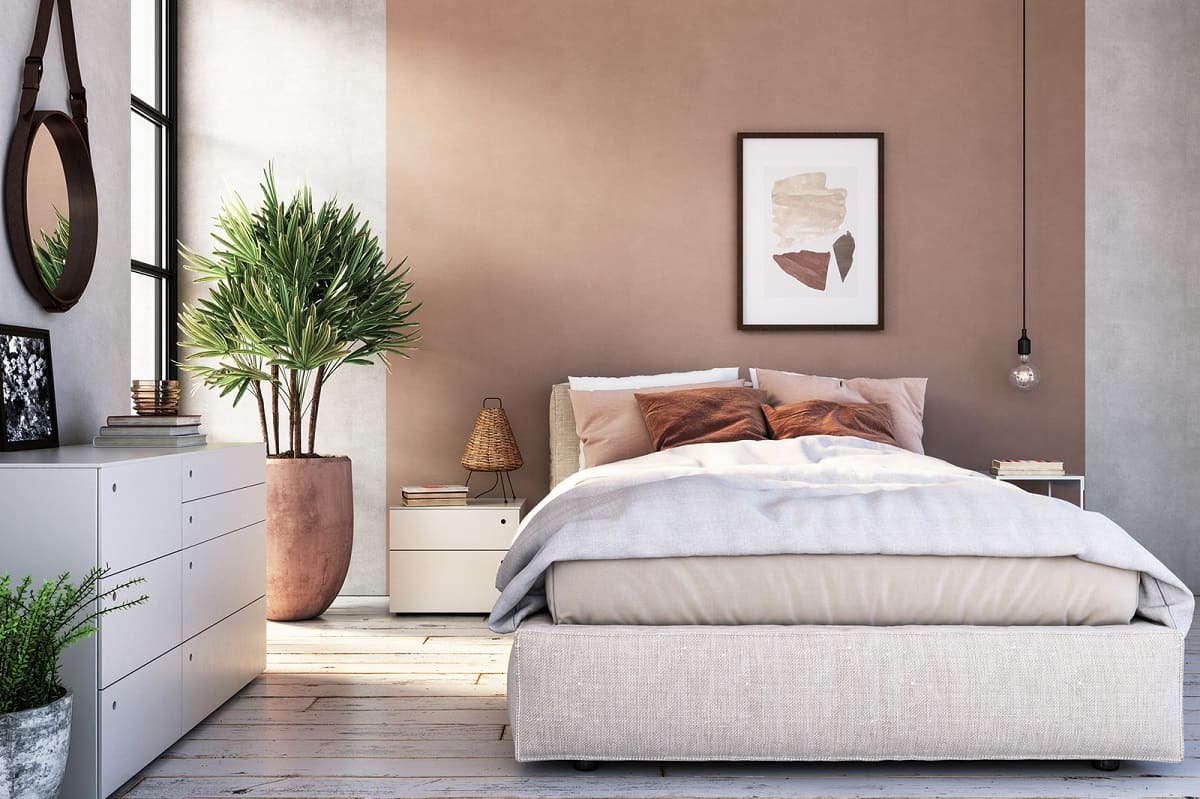
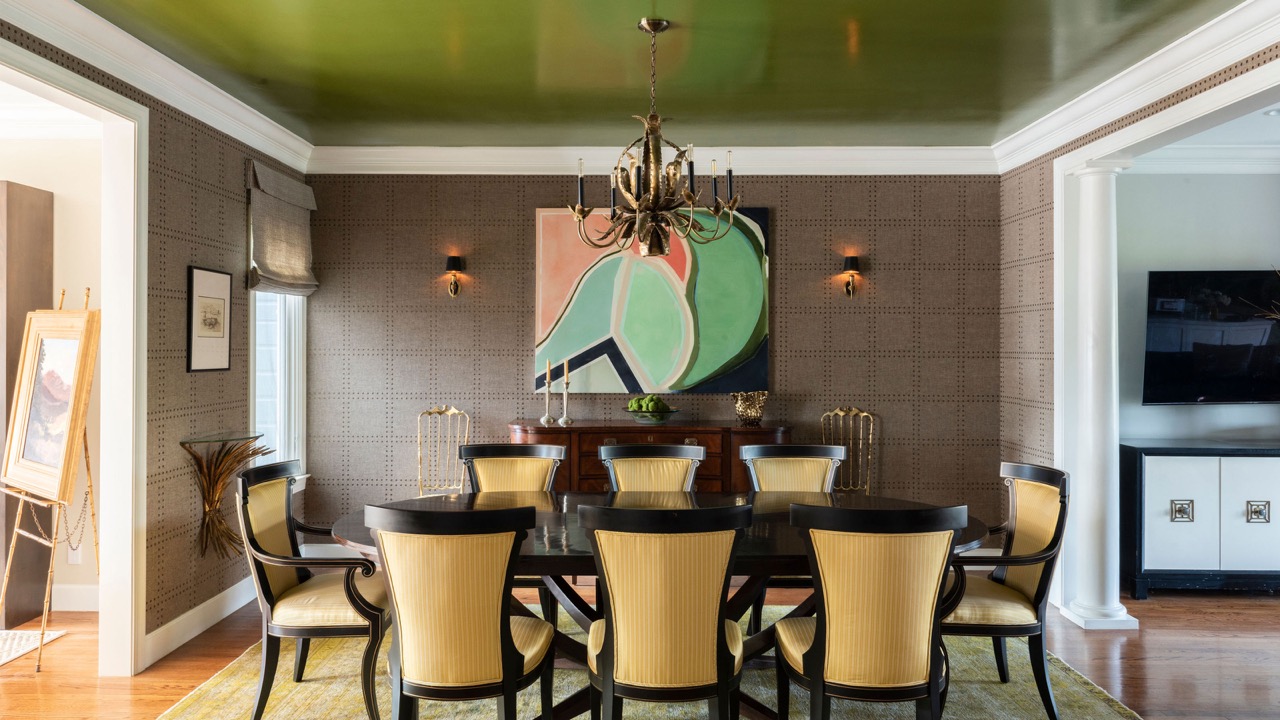

0 thoughts on “Ceiling Paint Ideas: 10 Ways To Make Your Fifth Wall Wonderful”